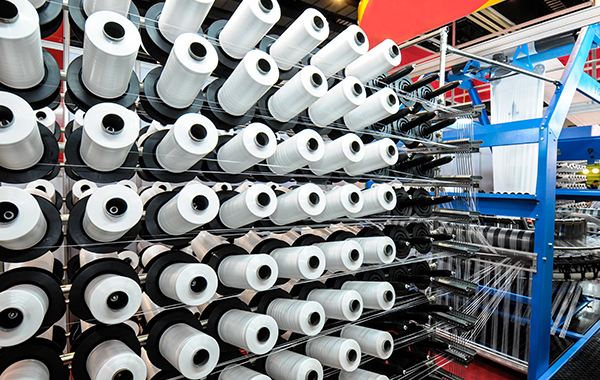Vietnam’s textile and garment exports can be optimistic about its perspective when The Trans-Pacific Partnership (TPP) comes in to effect in 2018. However, to seize opportunities from the TPP and other new generation free trade agreements, textile firms need to boost labor productivity, a key factor to enhance the industry's competitiveness.

The statement was made by Le Tien Truong, general director of Vietnam National Textile and Garment Group (Vinatex) at a meeting on June 15.
Truong said that milestones in the development of Vietnam’s textile industry have always been attached with free trade agreements (FTAs).
Before 2001, Vietnam wasn’t allowed to access the U.S. market so the country’s textile export value hovered around $1 billion. After the bilateral trade agreement between the two countries was signed in 2001, the export value immediately more than doubled to reach $2.2 billion in the year.
In 2007, when Vietnam officially joined in the World Trade Organization, textile export value of Vietnam kept prospering with an on-year 34 percent jump to hit $8.6 billion.
“Vietnam’s textile and garment industry have sprung up as we have a competitive advantage in cutting and sewing stages,” Truong said.
The director projected that during the first three years after the TPP comes into effect (2018), the growth rate of export value could be 17 to 20 percent each year. The value of Vietnam's textile exports is expected to touch $50 billion in 2020 from $26.8 billion in 2015.
However, “no matter how much benefit Vietnam can gain from new generations of free trade agreements like the TPP, competitiveness, especially labor productivity remains the dominant element in the development of the textile industry,” said Truong.
Vietnam's labor productivity in manufacturing garments, textiles and footwear is less than half that of Indonesia and 4.6 times lower than Thailand, according to the International Labor Organization.
According to Truong, a value chain of textile and garment industry starts at creating fabric, cutting and sewing, then moves on to distribution of final products.
At present, 85 percent of Vietnamese enterprises focus on cutting and sewing, which are labor-intensive. To meet growing demand of textile products from other markets in the TPP, the only way is to increase labor productivity as “a worker cannot operate two sewing machines simultaneously.”
The director added that only 25 percent of Vietnamese textile firms are able to supply raw materials by themselves while the rest still import from foreign countries, especially China. Only four percent can manufacture their original designs while one percent are responsible for branding and marketing of the final products.
“I’ve never thought that taking part in high-value stages of the chain or increasing the localization rate of a product is the main target of textile industry. Improving labor productivity is the only way for Vietnam to boost the industry,” Truong emphasized.
The director said that to brace for the TPP, Vinatex has instructed Vietnamese textile firms to analyze their competitiveness, focusing on enterprises’ current strengths, sewing and cutting, and product groups exempt from import tax under the TPP. In the long term, they will expand to manufacture the products that require additional investment but have promising demand.
Vietnam is among the world’s largest textile and garment exporters, only after China, Indian, Bangladesh and the European Union. Over the first five months of this year, the country collected more than $8 billion from textile exports, up 6.4 percent on year as data of Vietnam Customs show.